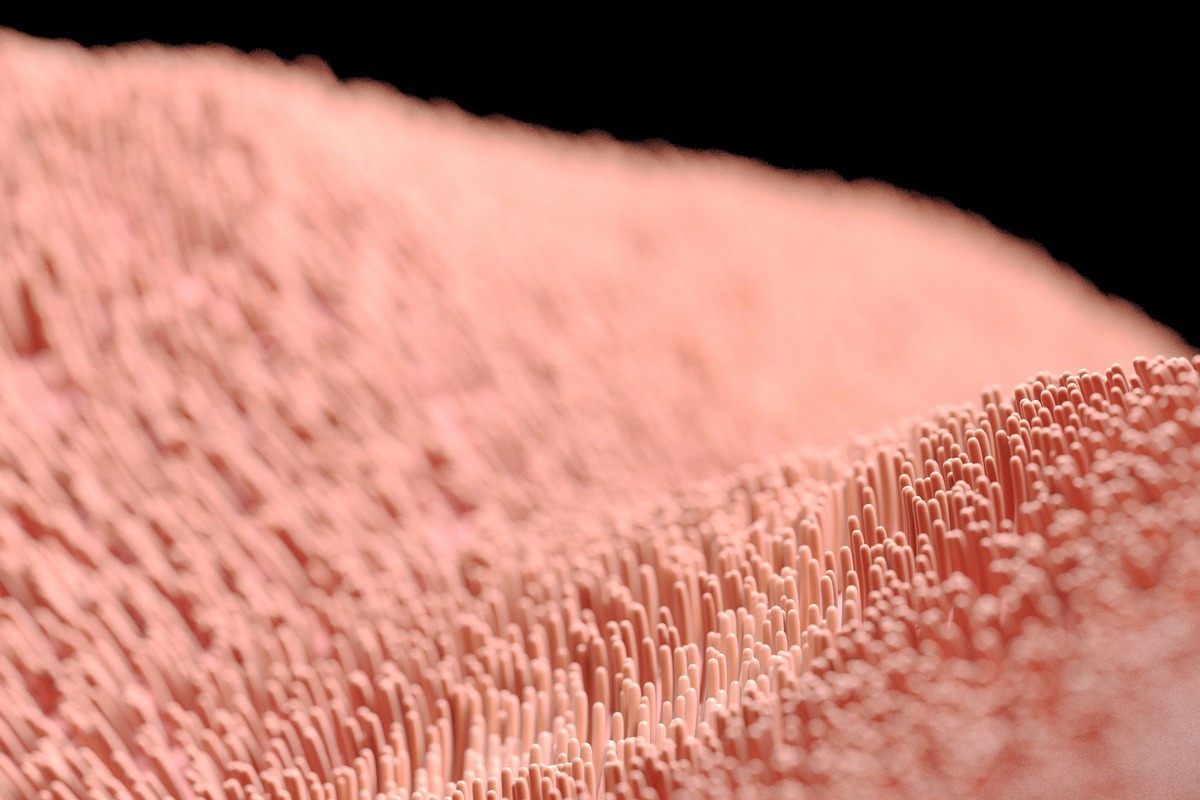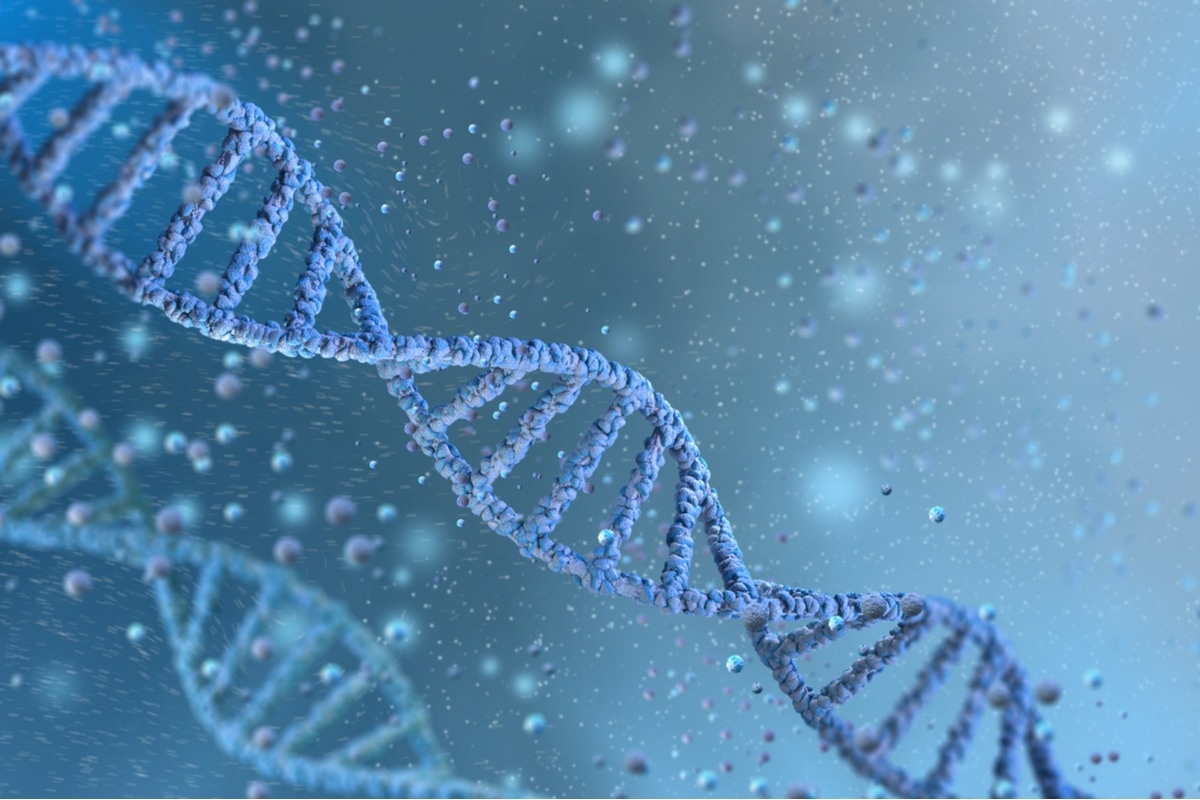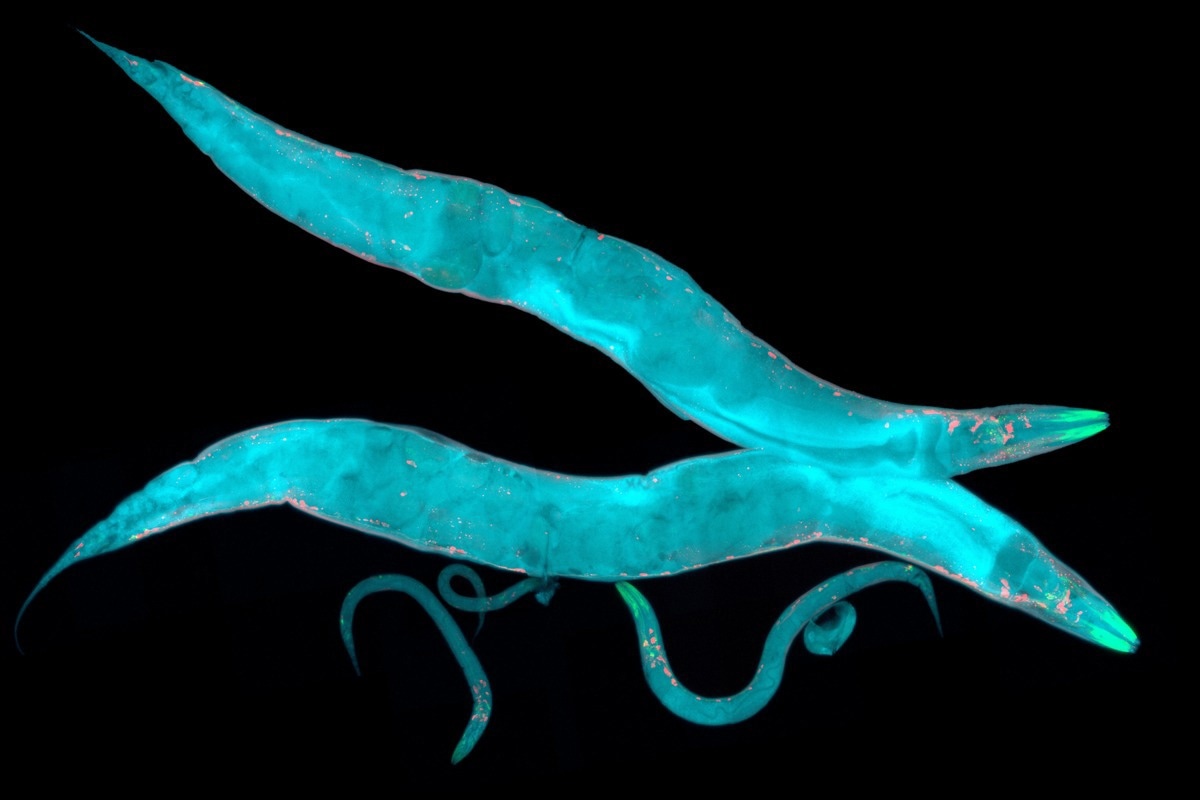I am currently a postdoctoral research fellow, supported by an NIH K99/R00 award, in Dr. Shawn Xu's group at the University of Michigan. I obtained my Ph.D. degree in 2016 from the University of Florida, where I was under the mentorship of Dr. Rebecca Butcher. I completed my undergraduate study in 2010 at the University of Science and Technology of China.
I used a model organism called C. elegans in my Ph.D. and postdoctoral studies to understand how living organisms cope with changing environments. C. elegans is a transparent nematode roundworm that actively moves away from a light stimulation spot. I was fascinated by how the light sensation is regulated in a worm with no eyes.
What do we currently know about the clinical manifestation and causes of Bardet-Biedl syndrome, and what are the unknowns that limit the treatment of this disorder?
The clinical manifestation of Bardet-Biedl Syndrome is very complex, and the symptoms and severity can vary for an individual patient. The primary symptoms that are found common in most patients are progressive vision loss, excess hunger, early-onset obesity, learning disability, reduced kidney function, and extra fingers or toes.
Bardet Biedl Syndrome 101
BBS is an autosome recessive rare genetic disease, and more than 20 genes are associated with BBS. BBS is one of the model ciliopathies, which is believed to be a cilia disease. Cilia are antenna-like cell surface organelles in most human cells and are essential for perceiving and transducing cell signals.
The lack of understanding of BBS pathology greatly hinders the treatment of this disease. It is currently unknown how BBS affects several vital organs (e.g., eyes, kidney, and central nervous system) and why patients display a wide spectrum of symptoms with different severity, regardless of the critical roles of BBS proteins in cilia.

Image Credit: SciePro/Shutterstock.com
Please tell us how you carried out your research and what were your main findings?
I tried to understand how the photosensation is regulated in a specific pair of neurons, called ASH, in C. elegans. I expressed a Genetic Encoded Calcium Indicator (GECI) in ASH neurons, and the neurons will turn bright when shining a light on the worm.
We performed a genetic screen by introducing many random genetic mutations to the DNA of the worms. We selected the mutant worms which lose the ability to turn bright upon shining a light. We found that many BBS-related genes are required for worm photosensation.
Several BBS proteins form a core complex called BBSome, and the best-known function of BBSome is that it helps maintain cilia's function by transporting cargoes in and out of cilia. However, we found photosensation in ASH neurons does not require cilia at all. By removing all the cilia structures from the worm using a ciliogenesis mutant worm, we found the mutant worm responds normally to light. Furthermore, by excluding the BBSome entering cilia using another mutant worm, this mutant worm again reacts normally. Thus, we concluded that BBSome could function outside the cilia to regulate photosensation in the worm.
To understand the signaling pathway that acts downstream of BBSome to regulate photosensation, we carried another round of genetic screen, called suppressor screen. We tried to isolate mutant worms which can suppress the light-insensitive phenotype of bbs mutant worms. In other words, we want to cure bbs mutant worms. Then, we found DLK-1, a MAPKKK kinase, is the downstream effector of BBSome. Loss of function of DLK-1 ultimately rescued the light insensitive phenotype of bbs mutants.
Through a series of other experiments, we figured out that BBSome acts outside cilia to inhibit DLK-1 and maintain light sensitivity in wild-type worms. While in bbs mutants, this inhibition is gone, and DLK-1 gets activated. The photoreceptor protein is degraded through endocytosis machinery after DLK-1 is activated. Thus, bbs mutants eventually lose light sensitivity.
In your study, you performed a genetic screen. Could you tell us more about this experimental technique and its importance in studying genetic disorders?
A genetic screen is to investigate the functions of genes, usually done so by following a specific phenotype. For example, in our initial genetic screen, we followed the phenotype of mutant worms that cannot turn bright upon shining a light. Since random mutations were introduced to the worm population using a chemical mutagen, ethyl methanesulfonate (EMS), we did not immediately know the causal genes responsible for the light-insensitive phenotype in the mutants we isolated. We need to do whole genome sequencing and genetic mapping to identify the causal genes.This kind of screen is called a forward genetic screen.
In contrast, in a reverse genetic screen, a user-defined gene is silenced in a given individual or population at a time to screen for a particular phenotype. In this case, the causal genes are immediately known by the researchers.

Image Credit: sokolova_sv/Shutterstock.com
For genetic disorders in which the pathology is unclear, like BBS, the genetic screen will be handy to understand the underlying mechanism and thus accelerate the therapy development. We usually carry genetic screens when we know little about the underlying mechanisms of a particular phenotype, like the symptoms of BBS, to discover the genetic pathways that ultimately contribute to the phenotype. BBS-related genes are conserved even in C. elegans. The bbs mutants also display similar phenotypes as seen in BBS patients, such as obesity, learning disability, and vision loss. In this case, C. elegans has a significant advantage in helping to understand more about BBS by carrying genetic screens.
How may your findings influence the understanding and treatment of vision loss in Bardet-Biedl syndrome?
We found that BBSome could function outside the cilia to regulate photosensation in the worm. The downstream genetic pathway that gives the worm the vision loss phenotype involves DLK-1/p38 MAPK and endocytosis. Future studies need to demonstrate if DLK-1/p38 or endocytosis pathway is also involved in retinal degeneration in mouse BBS models or human BBS patients and whether BBSome could function independently of cilia in mice or humans.
Besides, our findings also provide a new angle to understanding the pathology of BBS, which is the symptoms, or at least some of the symptoms might not result from cilia defects. In addition, we also demonstrated the possibility of treating BBS outside cilia by showing that silencing DLK-1 (not found in cilia) can suppress the bbs mutant worm.
What makes C. elegans such a good model organism, and how does studying such a seemingly simple organism inform research into human health?
First of all, C. elegans is an animal, and many of the biological reactions in worms are similar in humans. Besides that, C. elegans is easy to culture in the laboratory and can make more than 300 copies of itself within three days, and C. elegans strain can be revived whenever needed from a freezing stock in a freezer. Rich genetic tools are also available to dissect gene functions in C. elegans. Most importantly, many of the C. elegans genes have counterparts in humans, such as bbs genes, and many of the cellular pathways are also conserved in humans, such as DLK/p38 MAPK cascade. For the human diseases modeled in C. elegans, such as BBS, the genetic screen can provide many insights to help understand their pathologies.

Image Credit: Heiti Paves/Shutterstock.com
Your study provides support for a cilia-independent hypothesis for Bardet-Biedl syndrome-induced vision loss. Considering this disorder has been classified as a disease of the cilia, how important is it to explore alternative hypotheses in medical science?
We are not arguing the critical functions of BBSome in cilia which many beautiful studies have demonstrated. However, currently, it is unclear how the cilia functions of BBSome contribute to the manifestations of BBS. It is essential to understand the underlying mechanism of the wide spectrum of the symptoms of BBS patients. To achieve the goal of curing BBS, it is always important to keep an open mind and have alternative hypotheses in medical science, especially at this stage, we do not know much about the pathology of this disease.
Some studies have already indicated that BBSome is present in the cell outside the cilia, even in mice. So, does the BBSome outside cilia contribute to the symptoms of BBS? Our study provides alternative thinking about the pathology of BBS. For example, are all symptoms of BBS caused by common downstream effectors in different organs, are all symptoms linked with the cilia or cilia function of BBSome, is it possible to treat the BBS outside the cilia?
What is next for you and your research?
It is the 6th year of my postdoctoral training, and I will look for a faculty job to continue my research interest this year. For the BBSome project, there are also many exciting questions to follow. I am going to explore some of the questions in my own lab, for example, how the BBSome inhibits DLK-1, why the light-sensitivity loss is age-dependent, how BBSome functions differently in different neurons, does the DLK/p38 MAPK pathway is also involved in obesity and learning disability in C. elegans, and are there additional pathways act downstream of BBSome.
Where can readers find more information?
About Xinxing Zhang
Xinxing is now a postdoctoral research fellow at the University of Michigan, studying both photosensation and osmolarity sensation pathways during this training period. Xinxing has demonstrated how BBSome regulates photosensation independent of cilia in this recent publication. He has also identified the first hyperosmolarity receptors in the amina l kingdom, and the findings in this project formed the basis of his K99 award proposal. Xinxing completed his Ph.D. degree at the University of Florida, where he was under the mentorship of Dr. Rebecca Butcher. His research interest is understanding how living organisms cope with changing environmental conditions. In particular, he is fascinated by how cellular machinery responds to extracellular stimuli, coordinates with subsequent behavioral and physiological changes, and how malfunctions contribute to human diseases.
l kingdom, and the findings in this project formed the basis of his K99 award proposal. Xinxing completed his Ph.D. degree at the University of Florida, where he was under the mentorship of Dr. Rebecca Butcher. His research interest is understanding how living organisms cope with changing environmental conditions. In particular, he is fascinated by how cellular machinery responds to extracellular stimuli, coordinates with subsequent behavioral and physiological changes, and how malfunctions contribute to human diseases.